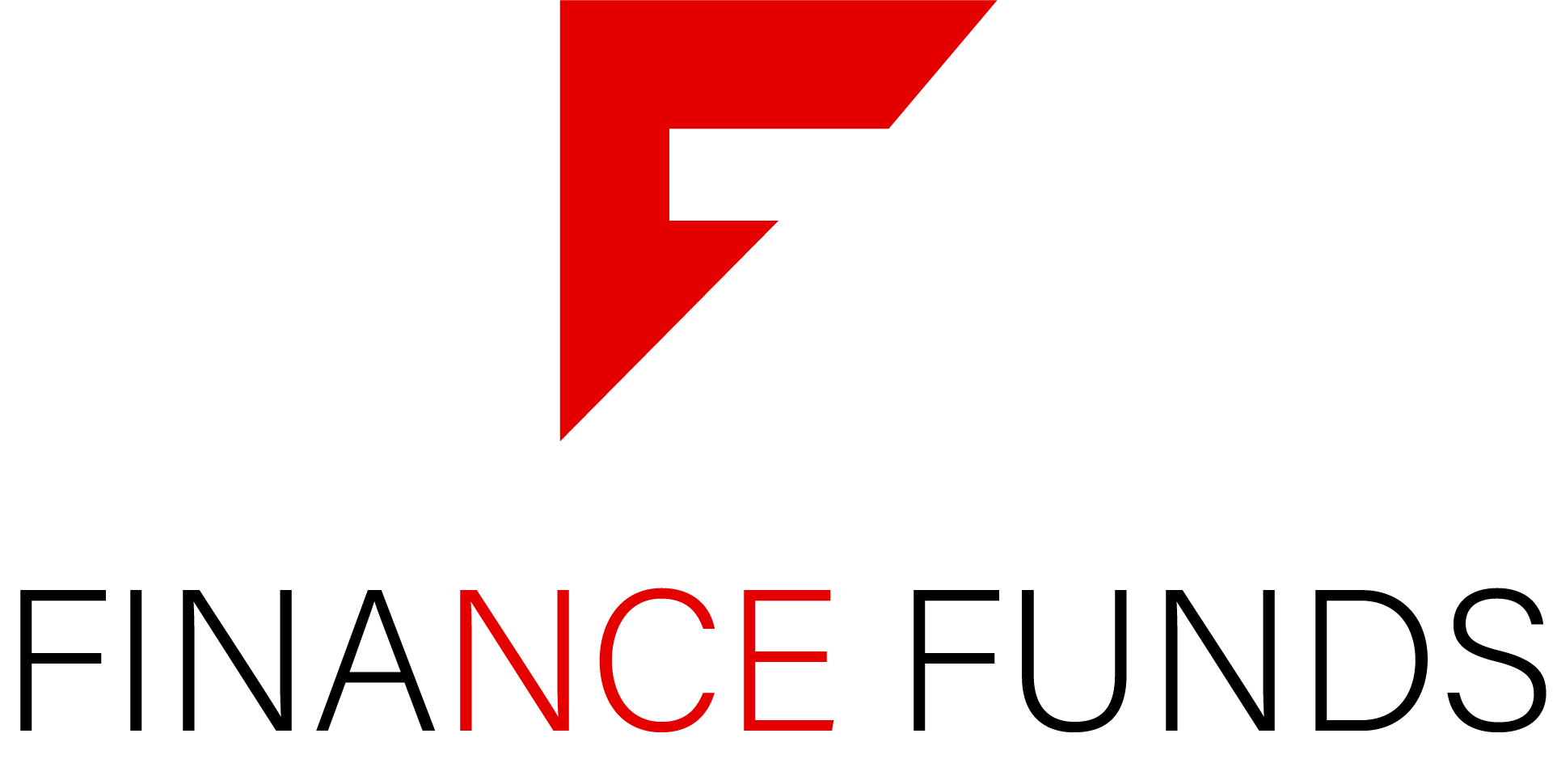Cashback cards are credit cards that offer reward programs in the form of cash given back to the cardholder for making certain purchases in a specified amount of time. The cash is almost always credited back to your card account, and you can either spend it as you receive it, or save it in order to pay for something that costs more than your current cashback balance. Most cashback cards will require that the cardholders pay an annual fee, will have significantly higher interest rates than cards that do not offer cashback rewards, or may require cardholders to carry a balance from one month to the next month, but in some cases, having access to cashback cards can be very valuable.
There are many retail stores that offer cashback cards, to encourage customers to continue shopping from their establishment. When cardholders make purchases in the store using their cashback credit card, the store will either credit your account with money, (the amount is determined by how much you spent at the store and the amount specified in the terms and conditions of the rewards program) or in some cases, the store will send you vouchers or coupons by mail to use in their establishment the next time you go shopping. This is a very common marketing technique used my retailers, and it works because to take advantage of the benefits of cashback cards, you’ll want to use your coupons in the store, so you will return and buy more. These cashback cards are great if you tend to do frequent shopping in the store that offers the card, as long as you don’t let your charges build up from month to month. Paying higher interest rates on purchases means you’ll need to pay off your entire credit card balance regularly in order to avoid paying more money than you should on each of your purchases, and typically the amount of money you spend in interest on a cashback card for carrying a balance from one month to the next is significantly more than the amount of money you will receive in the form of a cashback reward (or the denomination of the vouchers and coupons the store will send you).
For Information on the latest offers for cashback rates see http://www.1st-uk-credit-cards.co.uk/cash_back_credit_cards.html
The most typical percentage of cashback rewards programs is around 1% cashback on all purchases made with the card. It is also typical for these cashback cards to have higher cashback rewards percentages on purchases made at select merchants, or during a specified period of time, to encourage cardholders to spend more money on the card. Some cashback cards offer up to 10% cashback for certain promotional offers!
There are a few important details that you will want to take into consideration when you are researching and deciding which of the cashback cards have the best rewards programs, provide the highest percentage of cashback rewards, and the ones that will work to your best advantage based on how you spend money and how you pay your bills each month. The most important aspect to research and consider for using cashback cards is if the cashback rewards are limited to specific merchants. Sometimes, cards only provide cashback if you make purchases from a list of accepted merchants, and in some cases you’ll only get cashback rewards if you buy certain brands of products. You’ll want to be careful with these cards, because if you don’t normally shop at the accepted merchants, or you don’t ever buy that brand of product- you’re not going to benefit from the cashback rewards. On the other hand, if you tend to shop the merchants that are on the list often, and you DO buy the specific brand of product that will earn you cashback, than the card is probably a good match for your spending habits.








